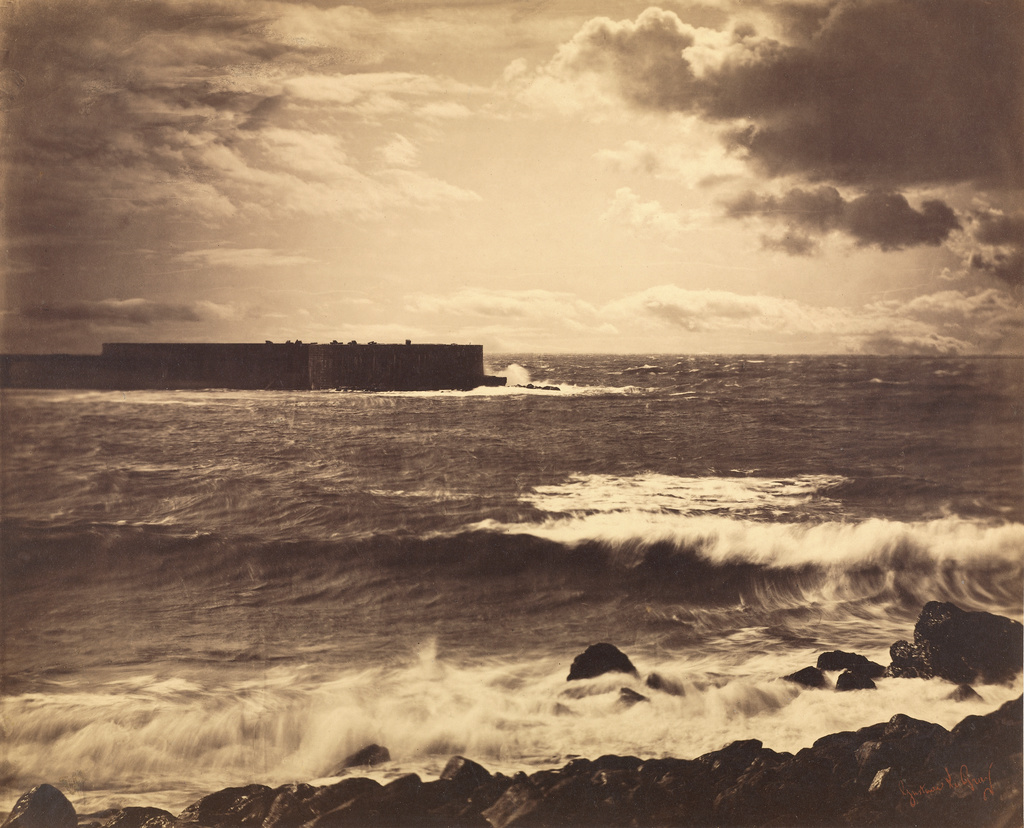Oversights
from Even No. 7, published summer 2017
The weirdest part was the part about the fried chicken. Before the fall of Park Geun-hye, South Korea’s first female president, the country percolated with lurid rumors, many later substantiated, about the influence of her closest friend: she rewrote the president’s speeches, she exacted millions in corporate bribes, she passed herself off as a shaman, she got a high government job for her personal trainer. She also, it seems, supervised the president’s wardrobe—but she filched most of the generous clothing budget, and kitted Park out in cheap pantsuits and trashy handbags designed by her gigolo. One suit, a video shows, was fondled by cronies with hands covered in chicken grease. The president wore it to meet Xi Jinping.
Park now sits in the Seoul Detention Center, awaiting trial after the first successful impeachment in Korea’s democratic history. (Her culture minister was also arrested; the government had kept a blacklist of thousands of artists they deemed “opponents,” including the Oldboy director Park Chan-wook and the novelist Han Kang.) But for all its soap-operatic sensationalism, the scandal that brought her down may open the door to real reform in a nation that, more than any other its size, projects its power to the world through culture. As the film scholar Michelle Cho writes in this issue, the melodrama that undid Park was prefigured in Korea’s wildly popular genre movies, whose tales of corruption and gangsterism express deep anxieties about the country’s public maturity. Now — and almost uniquely, in this moment of global democratic contraction — comes a chance to clean house.
This seventh edition of Even looks east and west to wrestle with the force of art in an age of civic discontent. Denise Y. Ho measures the stakes of Hong Kong’s newest museum, a gift from Beijing some locals would prefer not to unwrap. Zoë Lescaze, in Moscow, meets the young Russian artists squeezed between Soviet nostalgia and Putinist controls. Closer to home, we leave behind our comfortable coastal cities to visit the municipal museums and one-room schoolhouses of central Iowa: the modest keepers, Emmett Rensin writes, of America’s shared heritage.
We’re entering our third year with this issue. I didn’t think, when Rebecca Ann Siegel and I founded this magazine, that the art we valued would have documented so many public crises, from Turkey and Brazil to Britain and, now, our own misgoverned land. But the giant crowds who turned out to reboot South Korea this winter remind us that democracy isn’t just a matter of free and fair elections; it’s a whole net of practices and institutions that, all together, monitor the health of society and make sure it works for everyone. One of those watchdogs is culture — an alarm bell of coming perils, and a freedom to fight for.
—Jason Farago, editor
test

High tide; a soft wind; salt in the air. The light shines over Languedoc, where a new railway connects Toulouse to the port. And out past the breakwater, off to the right, a cumulonimbus cloud gets sliced in half by the horizon: a giveaway. In the 1850s, photographic emulsions still couldn’t capture all light wavelengths with equal accuracy — turn your lens to the sky and you’d lose the waves. But if you thought like an artist, and soldered two negatives on a single sheet, you could composite a fiction fragranced with the fact of the sea.
Jean-Baptiste Gustave Le Gray, trained as a landscape painter, became the signal innovator of photography’s second decade, in part by abandoning Daguerre’s ghostly, polished prints on metal and sticking with paper. A century and a half before HDR imagery, he could see that multiple exposures might best capture a single moment, and that beyond mere recording lies another, higher kind of truth. Two years later Le Gray crossed the sea; he made it to Cairo, and died penniless. You can never really lock down time.